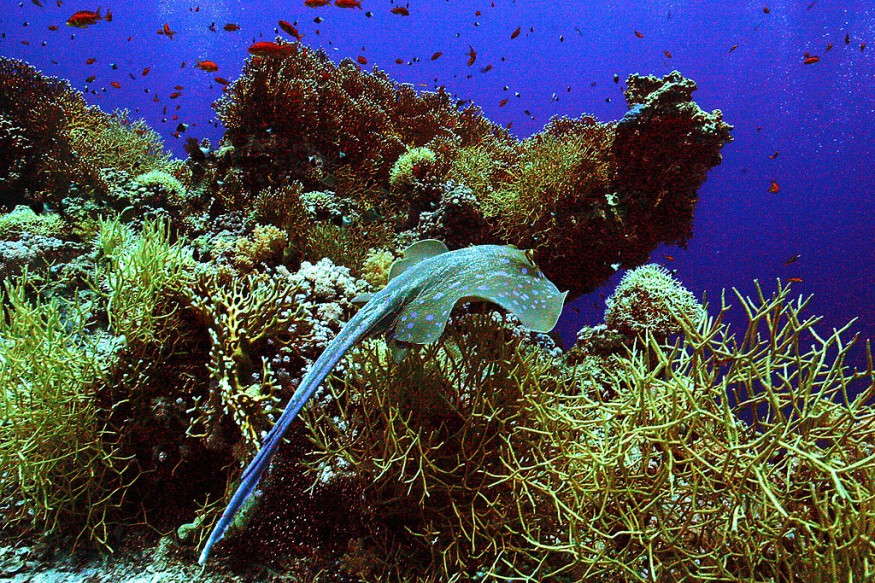The greatest worldwide threat to coral reef ecosystems is climate change. Scientific data now clearly shows that the Earth's atmosphere and oceans are warming, and that this warming is caused by greenhouse gases emitted by human activities.
Mass coral bleaching events and infectious disease outbreaks are becoming more common as global temperatures increase.
Furthermore, carbon dioxide absorbed from the atmosphere has already begun to limit calcification rates in reef-building and reef-associated species through changing seawater chemistry through pH reductions. Ocean acidification is the term for this phenomenon.

Sea level rise, changes in the frequency and severity of tropical storms, and changed ocean circulation patterns will all have an impact on coral reef ecosystems because of climate change. When taken together, these factors have a significant influence on ecosystem function as well as the products and services that coral reef ecosystems give to people all over the world.
Despite the damaging consequences of ocean acidification and high carbon dioxide levels in the waters of Verde Island, Philippines, corals have been observed to thrive. Several researchers have been assigned to figure out what is going on behind the scenes of the issue.
Scientific Approach on Extreme Environment Coral Reef Sanctuary
In 2019, a University of Texas at Austin hydrology professor worked on a study project to see whether he could discover hazardous nutrients moving through groundwater into a fragile coral reef sanctuary in the Philippines. Group of foreign researchers were able to link the source of CO2 and nutrients in seawater, finding and highlights how the undersea reef environment can be harmed by how communities discharge wastewater, agricultural runoff, and other byproducts into the sea.
According to the American Meteorological Society, coral reefs have long been harmed by climate change, most notably during a worldwide coral bleaching event from 2014 to 2017 that caused heat stress to 75 percent of the world's reefs. Despite the massive volumes of CO2 pumped in from groundwater, the coral-filled area Cardenas examined in the Philippines' Verde Island Passage, a place so colorful and diversified that he refers to it as the "Amazon of the seas," is prospering.
Groundwater is pouring around 989 grams of CO2 per square meter per year into the region they investigated, which is known as "Twin Rocks" and borders a series of volcanoes, according to lead author Rogger E. Correa of Southern Cross University in Australia. On every hectare of reef, that is the equivalent of putting two automobiles on the seabed and letting them release carbon dioxide for a year.
Radioactive Isotope Measures Carbon and Radon Contents on Super Corals
The scientists buried sensors for detecting CO2 and radon 222, a naturally occurring radioactive isotope prevalent in local groundwater but not in open ocean water, to differentiate groundwater from saltwater. Isaac Santos, a professor at the University of Gothenburg in Sweden, devised the measuring technique.
Despite this, individuals must remember what should be avoided and obeyed to assist coral reefs thrive. Human-made stresses, including as sedimentation, overfishing, and pollution, are still plausible causes that might kill corals.
© 2025 NatureWorldNews.com All rights reserved. Do not reproduce without permission.





